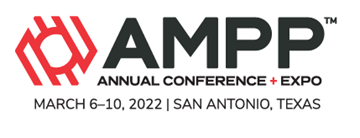Search
Products tagged with 'aluminum flakes'
View as
Sort by
Display
per page
Exploring The Truth About Aluminium Flakes As Pigments In Corrosion Protective Coatings
Product Number:
51322-18194-SG
Publication Date:
2022
$20.00

